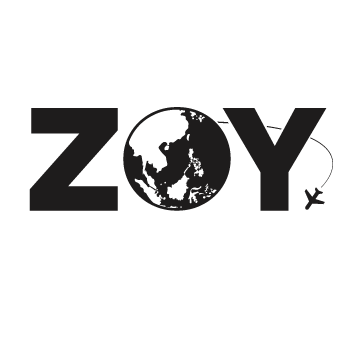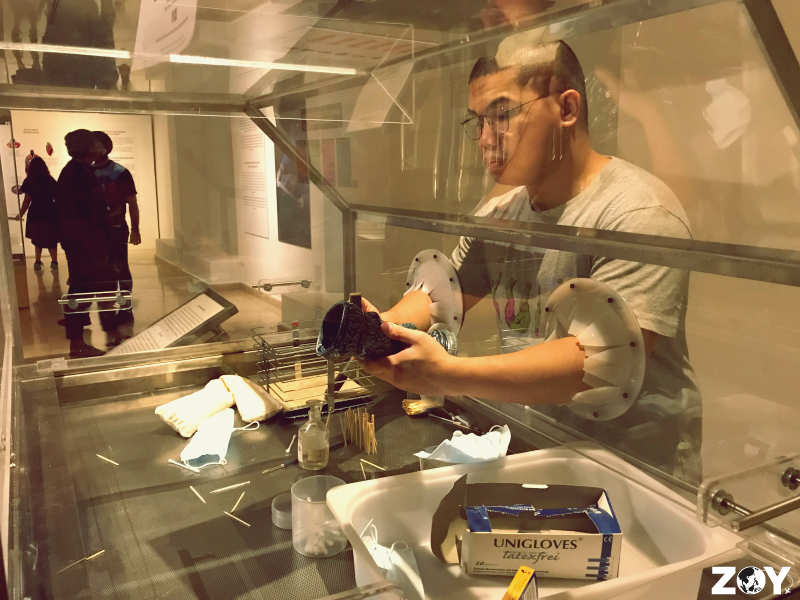Musing in Museums: Islamic Arts Museum Malaysia (Kuala Lumpur)
A Dome at the Islamic Arts Museum Malaysia
It’s already June. By now, many establishments have reopened and public transport resumes (stay safe, everyone). But it will take some time for me to gather content for future articles. Fortunately, I still have some stock and I’m hoping to be able to stretch it out for the entire month. Last Monday, I posted about a gallery in Kuala Lumpur (KL), Malaysia (check it here). Today and next week, I’ll be posting more articles on KL. Anyway…
My motherland, the Philippines, is a predominantly Roman Catholic nation, a legacy of our Spanish colonizers. Even though Islam is the 2nd largest religion in the country, it lags far behind the main religion. According to the 2015 Census of Population, Roman Catholics make up about 80% the population of 100 million, while Muslims only account for 6%.
Majority of Muslims are found in Mindanao, the southern region of the country. Even though there are Muslims in the Metro, they are largely concentrated in certain areas for both commerce and residence. It’s rare for me to encounter a Muslim, so I’m not well-acquainted with their world.
In contrast to the Philippines, our Southeast Asian neighbors Indonesia and Malaysia are mainly Muslim nations. So when I visited Malaysia’s capital last year, I thought of learning more about Islamic culture. I researched and found out about the Islamic Arts Museum Malaysia or IAMM.
A gallery at IAMM. On display are Islamic sacred writings, I believe.
The IAMM showcases thousands of Islamic artifacts, artworks, and even scale models of different masjid (mosques) around the world, all dispersed in 12 galleries. It’s housed in a massive building with a modern architecture and Islamic feel. In constructing the building, IAMM employed workers from Muslim nations. For example, Iranian tile workers labored the entrance and Uzbekistan craftsmen worked on the building’s five incredible domes (more on this later).
Here are 5 things I like about the museum:
There is an overwhelming amount of Islamic artifacts
There are 7000 artifacts spread throughout 12 permanent galleries located in the museum’s 3rd and 4th floors. My favorite are the artifacts in the Arms & Armour Gallery.
Some weaponry at the Arms & Armour Gallery
There was also an exhibit on the practice of conservation
When my friends and I visited the IAMM, the museum was having a special exhibit called Conservation: Craft or Science. It’s about the practice of conserving object and the developments it has gone through the years. At first, it was just about repairing objects. But throughout time, beautification and scientific methods were applied to the practice.
There were lots of restored objects in the exhibit:
These restored objects are beautiful!
You can touch some of the items in the exhibit, making the experience richer. You can even try restoring historical objects…or try posing rather:
Quiet! I’m trying to focus cleaning this artifact! LOL.
And an exhibit on the story of my favorite drink
Who would’ve thought that during my visit, there will be a special exhibit on my favorite: Coffee! The Story of Coffee features the facts, history, and even conflicts about coffee. It also shows the different coffee cultures in historical coffee regions such as Europe, the Middle East, and even Southeast Asia, particularly Indonesia where Javanese beans come from.
The Story of Coffee Exhibit
There was once a debate if coffee was halal (permissible for Muslims to consume) or not. The conflict started way back in 1511 at Mecca, when it was observed that some young people were acting suspiciously while drinking coffee outside the mosque compound. After a group of jurists, physicians, and religious scholars studied coffee, all sales and consumption of coffee was banned in Mecca.
Years later, Cairo, Egypt followed suit. But the trend was reversed in both cities as coffee was ruled permissible. Then the reversal was eventually reversed when someone claimed that coffee has intoxicating effects, even causing some fanatics to attack and destroy coffee houses in Cairo. And so on and so forth; you get the story! In the end, it was ruled permissible, as Muslims today still drink coffee. I never would’ve thought that coffee had such a fascinating history in the Muslim world!
There are also scale models of mosques and Islamic monuments around the world
I love scale models. I’m glad that the Architecture Gallery features miniature versions of famous mosques and Islamic monuments, including Mecca’s Masjid al-Haram and India’s Taj Mahal.
The Scale Models at the Architecture Gallery
These scale models try to capture the grandeur of the original. I think they got the job done in its own, little way. Get it? LOL.
Let’s not forget the five incredible domes
Well, it’s hard to see the domes from the outside. But you can view it from the inside and be in awe with its massiveness, intricately adorned with Islamic patterns.
One of the Five Domes
Another Dome
My visit to the IAMM gave me a good introduction to Islamic culture. This is what travel does for me. It helps me understand and respect cultures and religions other than mine. So regardless of your religion, I recommend you drop by the IAMM on your Kuala Lumpur trip. (I just wish they have guided tours.)
Address: Jalan Lembah Perdana, Kuala Lumpur, Malaysia | Operating Hours: Daily inc. Public Holidays (except Hari Raya Aidilfitri), 9:30AM-6PM | Admission Fees: Adults, MYR14; Students (with ID) and Senior Citizens (Malaysians that are 60 years old and above), MYR7; Children (6 years old and under), Free | Facebook | Website









